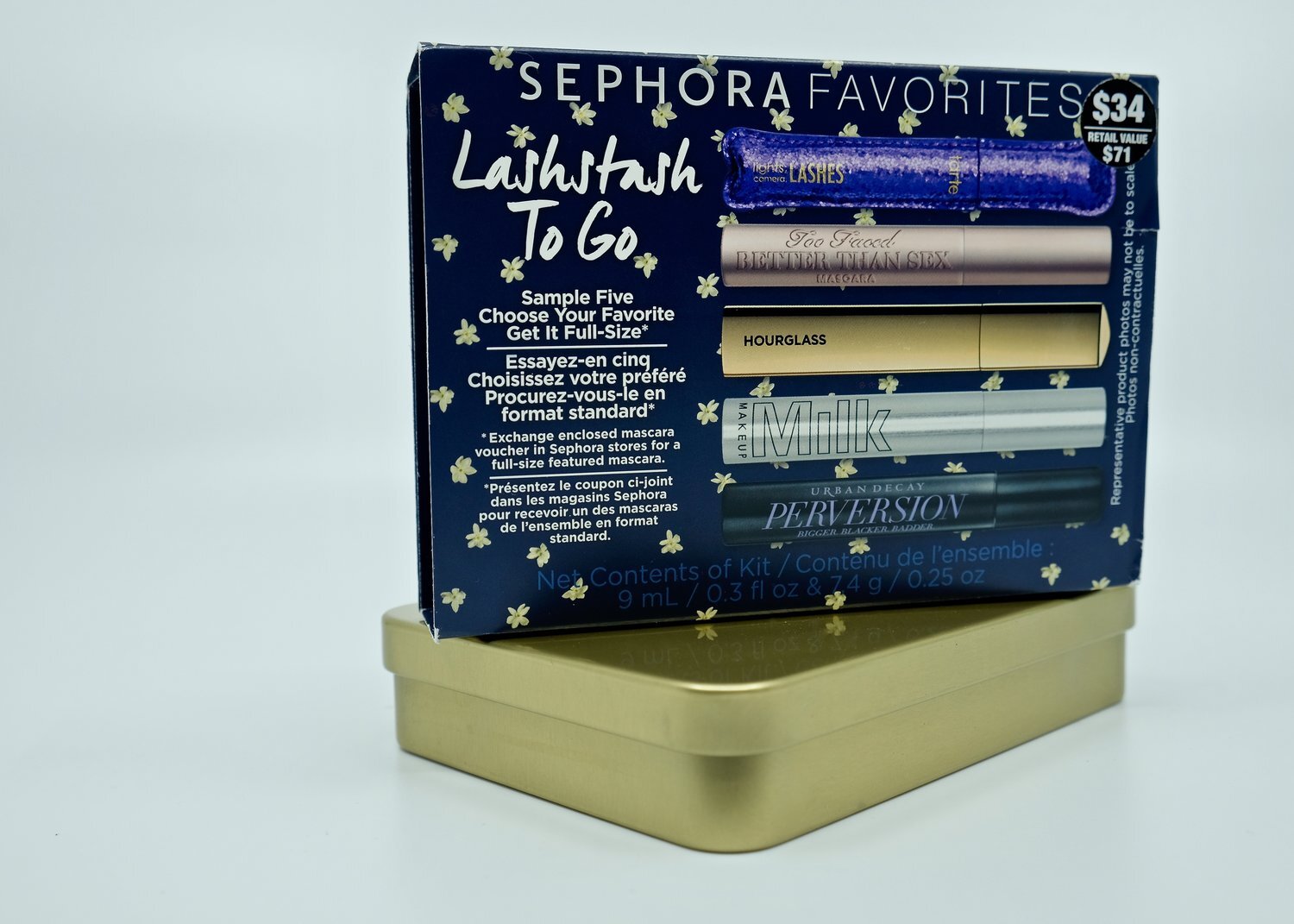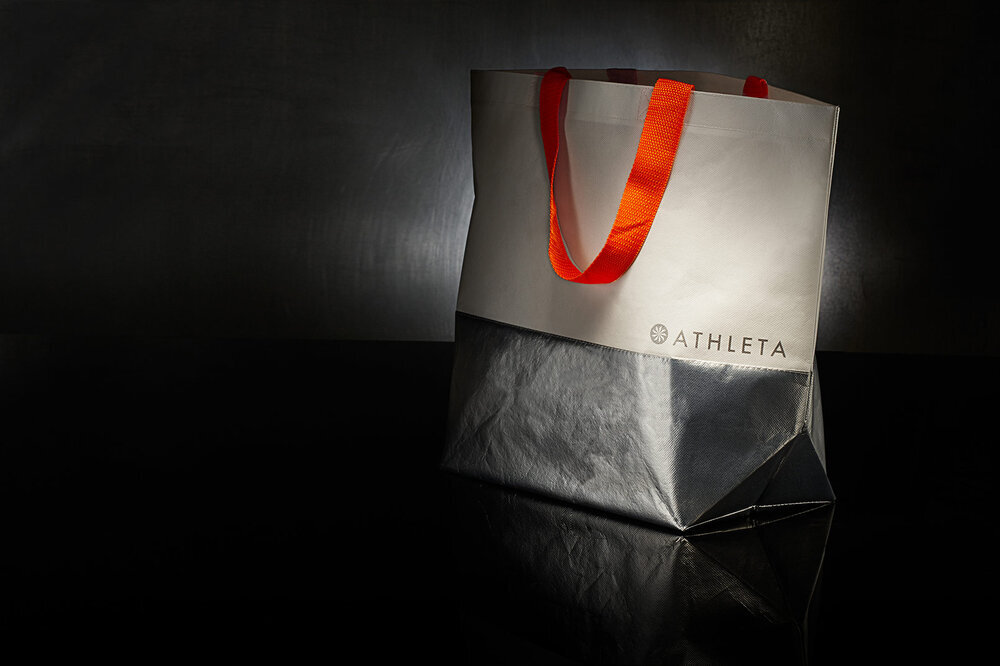Three ways to make your sustainability program successful
recycle
Three ways to make your sustainability program successful
Sustainability is a way to take care of the earth that takes care of us. Times are changing regarding how people treat the planet, and the packaging industry is changing with those times. There has been a lot of progression in the green movement, but there are still plenty of opportunities and simple changes that can be made to keep up that progression. Packaging made with recyclable material is an important part of sustainability, but there is much more to it.
Now more than ever, consumers have been taking the initiative to research exactly what is making their products/packaging sustainable. Sustainability goes beyond recycling; the modern-day consumer is also interested in the amount of waste being used and other environmental benefactors to create the items they shop for.
There are three pillars for creating a greener packaging program: Reduce, Reuse, Recycle. As mentioned before, recycling is a key ingredient to sustainability but certainly not the only one. Reducing is another staple to an eco-friendly package. Reducing the amount of material or pieces used on packaging can save a plethora of resources and energy. Providing consumers with the opportunity to reuse your packaging also creates an opportunity to save materials and energy. A reusable package is the gift that keeps on giving. Keep reading to find out how you can apply reducing, reusing, and recycling to your companies packaging.

Reusable and Recyclable Boxes
The Three R’s of Sustainability: Reduce, Reuse, Recycle
Reduce:
Reducing the amount of materials and energy being used to create your brands packaging supports sustainability. There are a few simple ways your company can reduce the amount of waste being used on your packaging. In earlier times, luxury packaging meant going all out with boxes inside of bigger boxes, inside of bags, with plenty of wrapping paper and a ribbon on top. But current times are different. The idea of less is more can certainly apply to luxury packaging. By keeping it elegant, yet simple, you can still wow your customers and reduce waste at the same time. Another way your company can provide outstanding packaging while still hitting the goal to reduce, is combining your box and your bag into one package. If you’re asking yourself ‘How can that be possible?’ or ‘What does that even mean?’ take a look at the bag below. By using a more box-like structure and attaching a handle to the top, we were able to eliminate the need for a separate box and a bag. Eliminating the need for both leads to a reduction in the use of resources.

Reusable Box / Bag
Reuse:
Reusable bags and packaging are a GREAT way to support sustainability. Reusable bags are nothing new to the world of eco-friendly packaging. You can find these types of bags everywhere, from the grocery store to the mall. Providing reusable packaging to your customers eliminates the need for continuous waste, supports eco-friendliness, and provides your customers with a piece of your company to hold on to. Want to take it a step further? Create your reusable package with recyclable material. After all the uses your customer gets out of it, the product can go on to be generated into something new. For example, cotton canvas tote bags are both recyclable and reusable.

A gift with purchase is an excellent way to send a reusable product home with customers

Cotton Canvas Tote Bag
Reusability is more than just tote bags. Any durably made box, bag, or even gift with purchase can prevent waste by providing the consumer a convenient reusable package.… take a look at these Sephora Favorites boxes. Once they have served their original packaging purpose, they can go on to be used again for whatever the customer needs. Items that can be kept and reused for reasons outside of shopping lead to less waste in landfills.
Recycle:
Recyclable material is the key component to eco-friendly packaging. There are plenty of combinations that can be made to keep your company’s packaging eco-friendly. It’s as simple as switching from unrecyclable ink to a soy-based ink.
Some examples of eco-friendly packaging components include:
· Mono Material (consisting of only one material)
· Paper Handles
· Post-Consumer Papers
· Poly-Mailers
· Natural Materials- Cotton and Canvas

Reusable Tote Bag
Choosing the wrong finishes can render your eco-friendly design un-recyclable. So how does your package composed of recyclable materials magically become nonrecyclable? Those finishing touches and add ons being used may very well be the culprit. If any part, no matter how small, of your package is not recyclable, the whole package will end up in a landfill.
Some examples of nonrecyclable packaging components include:
· Laminations
· Foils
· Poly ribbons
Once any of these materials has been added, it doesn’t matter that the main components are eco-friendly, it is still deemed nonrecyclable as a whole. If you want your brand’s packaging to be truly sustainable opt for environmentally friendly inks, finishes and adornments.
Some examples of eco-friendly inks and finishes include:
· Soy-based inks
· Water-based varnishes
· Vegetable based inks
There is a lot to consider when thinking about your sustainable packaging program. VBX Solutions can help you explore your options, and work with you to find the best solution for your brand. To learn about these options email us at info@vivaboxsolutions.com.
Looking for a solution? We can help.
Headquarters
9211 Corporate Blvd Ste 110
Rockville MD 20850
Satellite Offices
Dallas, TX
Paris, France
San Francisco, CA
Scottsdale, AZ
info@vivaboxsolutions.com
Phone
800-529-1988
Minimum Order Quantities:
RPET Totes: 3,000
Kraft Shoppers: 5,000
Rigid Boxes: 3,000
Folding Cartons: 5,000
The Rising Appeal of Sustainable Packaging: A Win-Win for Businesses.
recycle
“Sustainable packaging” is a growing conversation that has been in the primary and secondary packaging industry for a while now, but even more so in the past couple of years with growing commitments from big box stores like Walmart, food providers like McDonald’s and Coca-Cola, and technology companies like Dell.
These companies are responding to consumer demand and increasing environmental regulations—and both will only increase shortly. According to a 2016 Research and Markets report, the global sustainable packaging market will reach about $440.3 billion by 2025.
So what does this mean for businesses that have not fully converted to sustainable packaging yet? It means that even though businesses may not have time to find the right packaging that meets company goals, environmental regulations, and consumer demands simultaneously, leaning toward sustainability is inevitable.
Here are a few key points to be aware of when thinking about choosing more sustainable packaging:
1. A common concern is that sustainable packaging will increase the price of the product, and companies try to avoid passing cost increases off onto the consumer. What is interesting is that these increases are not as much of a deterrent for consumers as long as they are getting the guilt-free trade-off.
Even if there is a slight increase, for now, many consumers are finding sustainable packaging is worth the additional cost, as it contributes to the entire consumer experience.
GlobalData’s report, “Innovation Scenarios in Sustainable Packaging Materials,” explains that their research has found that two-thirds of consumers worldwide think living an ethical or sustainable lifestyle is vital to creating a feeling of well-being.
Said another way, this means that your commitment to sustainable packaging now contributes to the strength of your brand and point of difference.
2. Because plastics are a petroleum-based product, as petroleum prices rise (partially in response to current US tariffs, partly due to the rise in sustainable products, and partially due to dwindling petroleum resources), so will the price of plastics.
According to the Australian Academy of Science, who is a large proponent of more sustainable packaging, they explain how “Conventional plastics are manufactured using petroleum, coal or gas—all non-renewal resources susceptible to a volatile market of rising cost and demand, coupled with dwindling reserves.”
Increases will then level the playing field for more sustainable packaging, which helps companies make more cost-effective and conscionable decisions. Not only will companies be on the right side of environmental history by committing to more sustainable packaging options, but they will also be on the right side of pricing–it’s a considerable PR boost while the consumer is watching.
3. Another element of packaging that consumers find imperative is aesthetics. In a 2015 Trending Packaging study, appearance was considered a critical factor in purchase decisions. Consumers look for packaging that has the following:
Colors
Appealing graphic design
Letter type and size (especially for an aging population)
Overall brightness of the package
Sustainability, especially with glass containers, reusable and re-sealable packaging, 100% recyclable packaging, and packages with endurance (such as wood).
In a University of South Carolina report, it was explained that researchers found consumers experienced attractive, renewable packaging as a reward.
Similarly, the neural mechanisms in the brain associated with the experience of reward showed increased activation when participants chose aesthetically pleasing and sustainable packaging.
As your business starts to consider the future of your packaging, keep in mind that there are ways to go green, satisfy business needs, keep consumers happy and guilt-free, and increase your brand appeal.
Vivabox can help you design an eco-positive package and supply-chain through our professional design, sourcing and kitting services to meet your eco-commitments and build your brand.
Looking for a solution? We can help.
Headquarters
9211 Corporate Blvd Ste 110
Rockville MD 20850
Satellite Offices
Dallas, TX
Paris, France
San Francisco, CA
Scottsdale, AZ
info@vivaboxsolutions.com
Phone
800-529-1988
Minimum Order Quantities:
RPET Totes: 3,000
Kraft Shoppers: 5,000
Rigid Boxes: 3,000
Folding Cartons: 5,000




